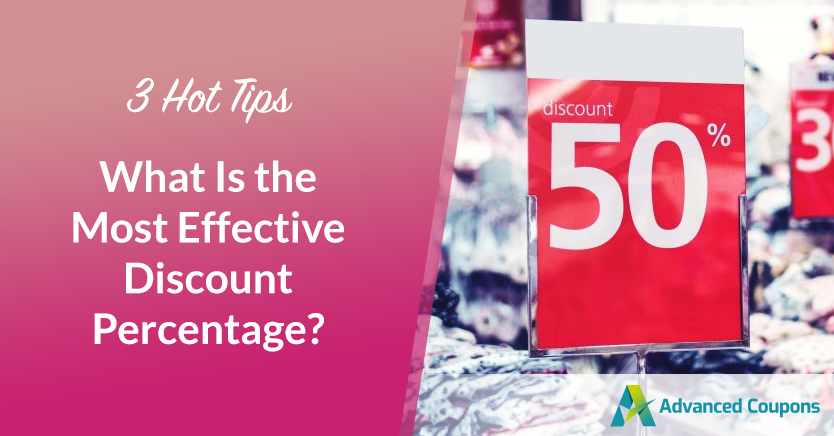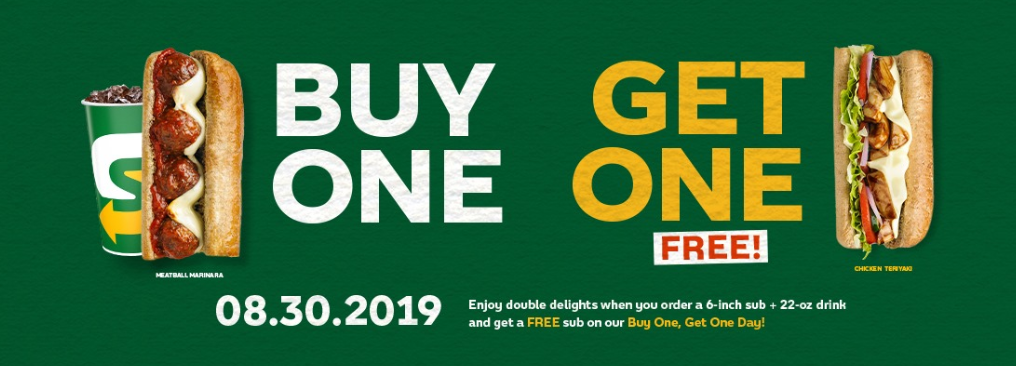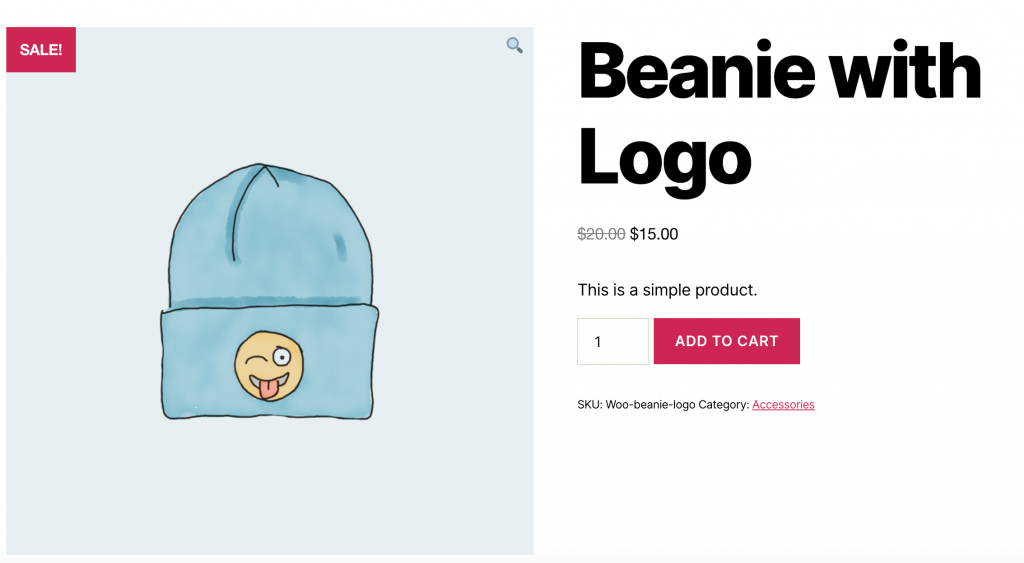
An effective discount percentage can boost your sales and earn you valuable new shoppers. However, when miscalculated, discounts can also devalue your products, damage your brand, and even drive away your best customers.
Fortunately, with some careful planning, you can reap the benefits of a successful sale without any of the risks. By applying some clever pricing psychology to your next deal, you can offer the most effective discount percentage that won’t hurt your bottom line!
In this guide, we’ll examine the various discounts that you can offer your loyal customers. We’ll also dig into the psychology behind holding a successful sale and discuss whether there’s a perfect discount percentage that works for all businesses.
What Types Of Discounts Should You Offer?
As a business owner, you want to tempt customers with great offers without sacrificing your bottom line. Let’s look at your options:
1. Volume Discounts
You can encourage customers to purchase in bulk, by adjusting pricing based on the number of items purchased.
2. Wholesale Discounts
A wholesale discount is an incentive to place large-scale orders with your business. If the customer bulk-buys on a regular basis, then a wholesale discount can help you secure recurring revenue.
3. Seasonal Discounts
These can make your business more attractive during peak purchasing seasons when customers are already in stage four of the buyer’s journey. Alternatively, you can use seasonal discounts to spark sales during slower periods or to move old inventory.
4. Loyalty Discounts
You can encourage brand loyalty by offering customers a free or discounted item once they’ve made a certain number of purchases.
5. Membership Discounts
You might issue your loyal customers a membership card, or offer a discount for a specific group (such as senior citizens). This shows appreciation for your customers and encourages brand loyalty.
6. Buy One, Get One (BOGO) Deals
Customers are often encouraged to purchase two of the same item.
This is for when they receive a Buy One, Get One (BOGO) discount. The free product is not always the same as the marketed item, and it may be a product of equal or lesser value.
7. Free Shipping
Customers love free shipping. According to a recent survey, 77 percent of customers claim that free shipping is the most important factor when making purchasing decisions.
There are more ways to offer your customers great value for money without hurting your profitability, but these are a good start. The Advanced Coupons plugin has everything you need to create all of the above discounts, plus many more.
How Does Consumer Psychology Weigh In On An Effective Discount Percentage?
You must fully understand how your consumers think if you want to sell to them. By applying some simple psychological principles, you can use powerful subconscious impulses to drive customer purchasing decisions.
First, customers will often be suspicious of deals that don’t have an apparent reason. Whether it’s Black Friday, the end-of-season, or even just celebrating National Taco Day, you should always provide a basis for your latest sale.
In addition, presentation matters. Number-crunching can be hard work, which is why our brains respond more positively to 50 percent off, as compared to something like $25 off a $50 purchase. So it’s best to display your sales as a percentage wherever possible.
To emphasize the cost savings, you can also remind customers about a product’s original pricing. By default, Advanced Coupons will display this information alongside sale prices:
You can use this Fear Of Missing Out (FOMO) to create a sense of urgency. For example, you might place an expiration date on your deal. When faced with the choice to purchase now or lose the opportunity forever, customers may feel compelled to go ahead with the purchase.
Finally, if you run frequent sales, then classical conditioning can work against you. By running regular offers, you’re training consumers to wait for the next sale and never purchase a product at full price.
Remember, it’s best to avoid making large-scale discounts a major part of your business strategy.
Three Factors To Consider For An Effective Discount Percentage
So, what percentage discount should you be offering?
There’s no magic number that’s guaranteed to resonate with your specific customer base. The ideal discount will vary depending on your industry, the type of products or services you’re promoting, and competitor activity (such as whether your competitors are also offering a discount).
While we can’t magically come up with a number, several factors can help you determine the best percentage for your particular business.
Here are three factors you should keep in mind:
1. When did you last run an offer?
Everyone loves a sale, but frequent discounts can negatively impact your business. Today’s customers are savvy and will soon realize that they don’t need to purchase full-priced products.
Discount too often, and soon you may struggle to sell your products at the recommended retail prices. Your typical money-conscious consumer will have no issue delaying a purchase until your next sale, secure in the knowledge that they won’t have to wait long.
Eventually, even your discounts will lose their sense of urgency, as your customers hold out for bigger and better deals. You may even lose your credibility!
Therefore, before launching any discount, it’s best to review your recent sales activity. If you recently ran a significant discount, you may want to curb your enthusiasm.
2. What is the lifetime value of a customer?
Discounts can be a great way to attract new customers. Once a person makes their first purchase, there are lots of ways that you can drive follow-up sales. This might include email marketing campaigns, offering a discount on the customer’s second order, or creating coupons for logged-in users only.
When planning an upcoming discount, you should weigh the cost of the initial discount against the lifetime value of acquiring a new customer. Customer lifetime value predicts the net profit of your entire relationship with that consumer. The cost of acquiring a new customer may be high, but it usually represents a good investment as long as the lifetime value is higher.
A discount involves sacrificing a significant chunk of the initial profit, so this sacrifice should reflect the individual’s lifetime value. If the lifetime value of acquiring a new customer is high, then there’s more scope for you to offer a larger discount.
3. Are there any upsell, cross-sell, or repurchase opportunities?
Some products naturally lead to extra sales, including upsells, cross-sells, and repurchasing opportunities. You might discount the first month of a six-month subscription, for example, or heavily discount a printer with the aim of becoming the customer’s go-to for replacement ink cartridges.
If there’s a high chance that a discount may lead to subsequent or additional sales, it’s a good idea to factor this into your initial discount percentage. If the price of subsequent sales is high enough, it may even be worth turning your discount into a loss leader.
Conclusion
Frequent, aggressive discounts can damage your brand and drive away even the most loyal of customers. Thankfully, by choosing the right type of discount and understanding your customers’ mindsets, you can avoid these potential pitfalls.
In this post, we shared three factors you should bear in mind when planning your next sale. You’ll want to consider:
- When you last ran an offer.
- What the lifetime value of a customer is.
- Whether there are any upsell, cross-sell, or repurchase opportunities.
Do you have any questions about how to run any of the above discounts? Ask us in the comments section below!






